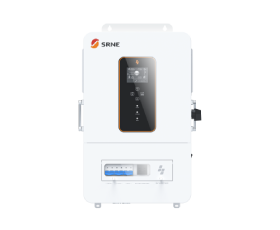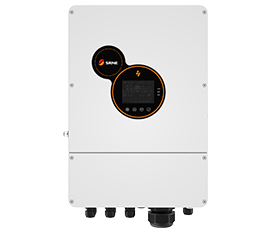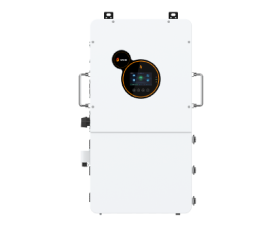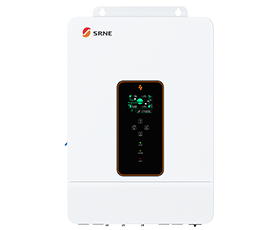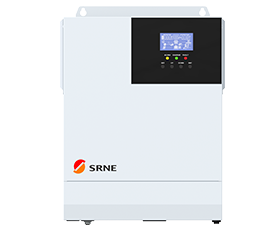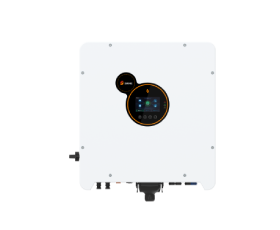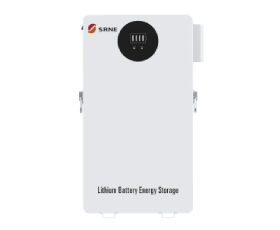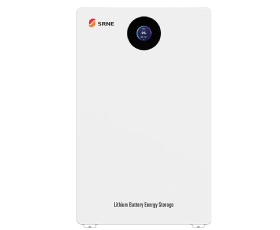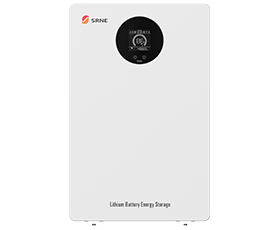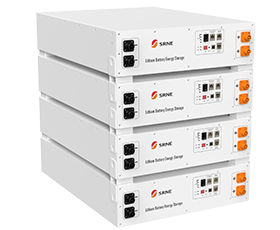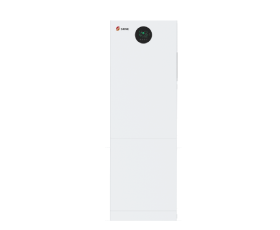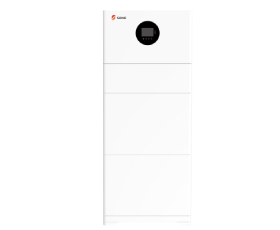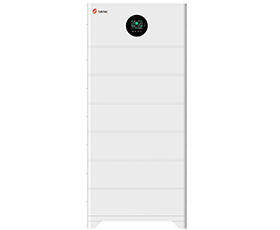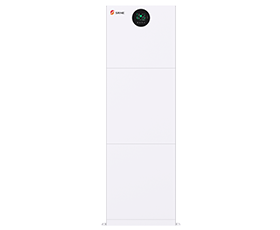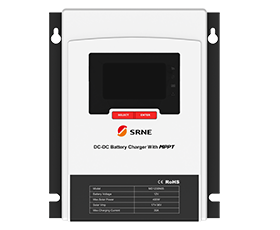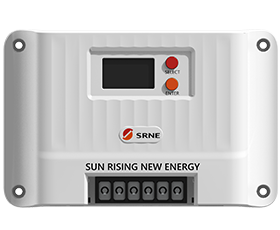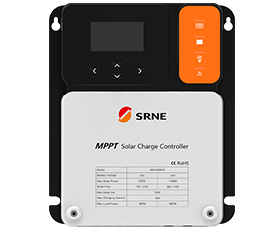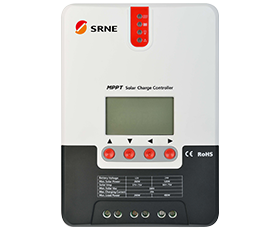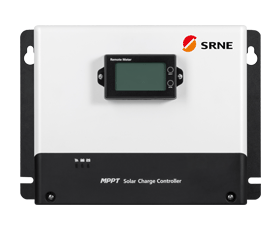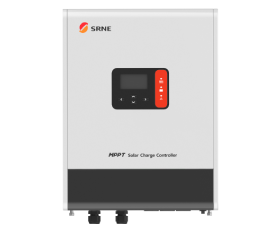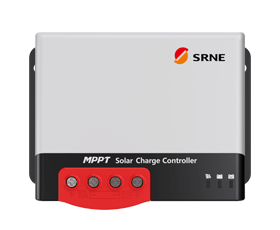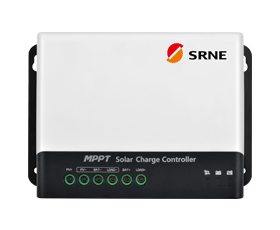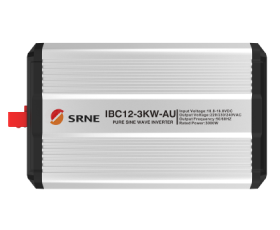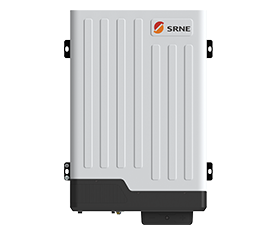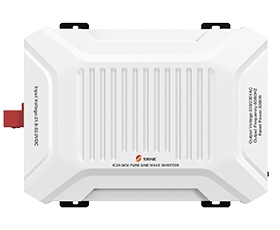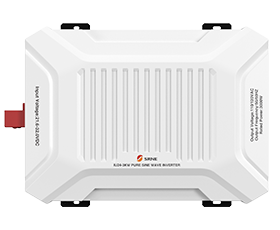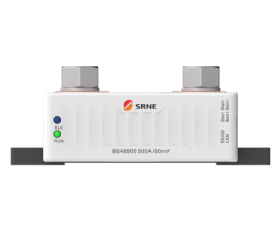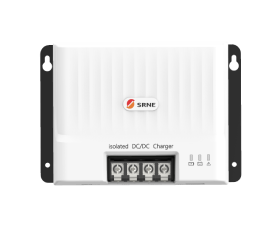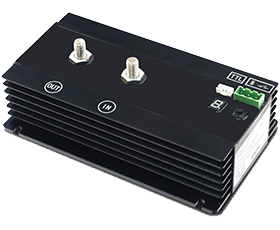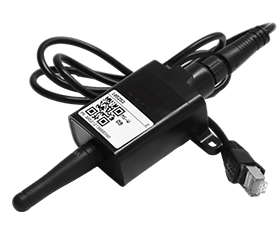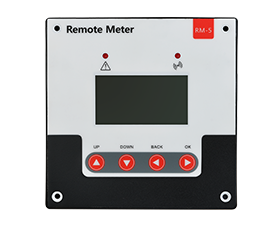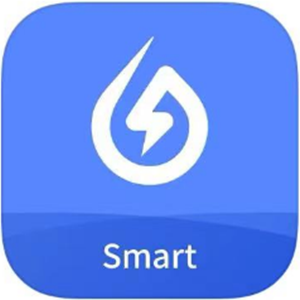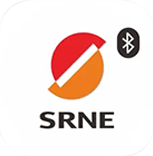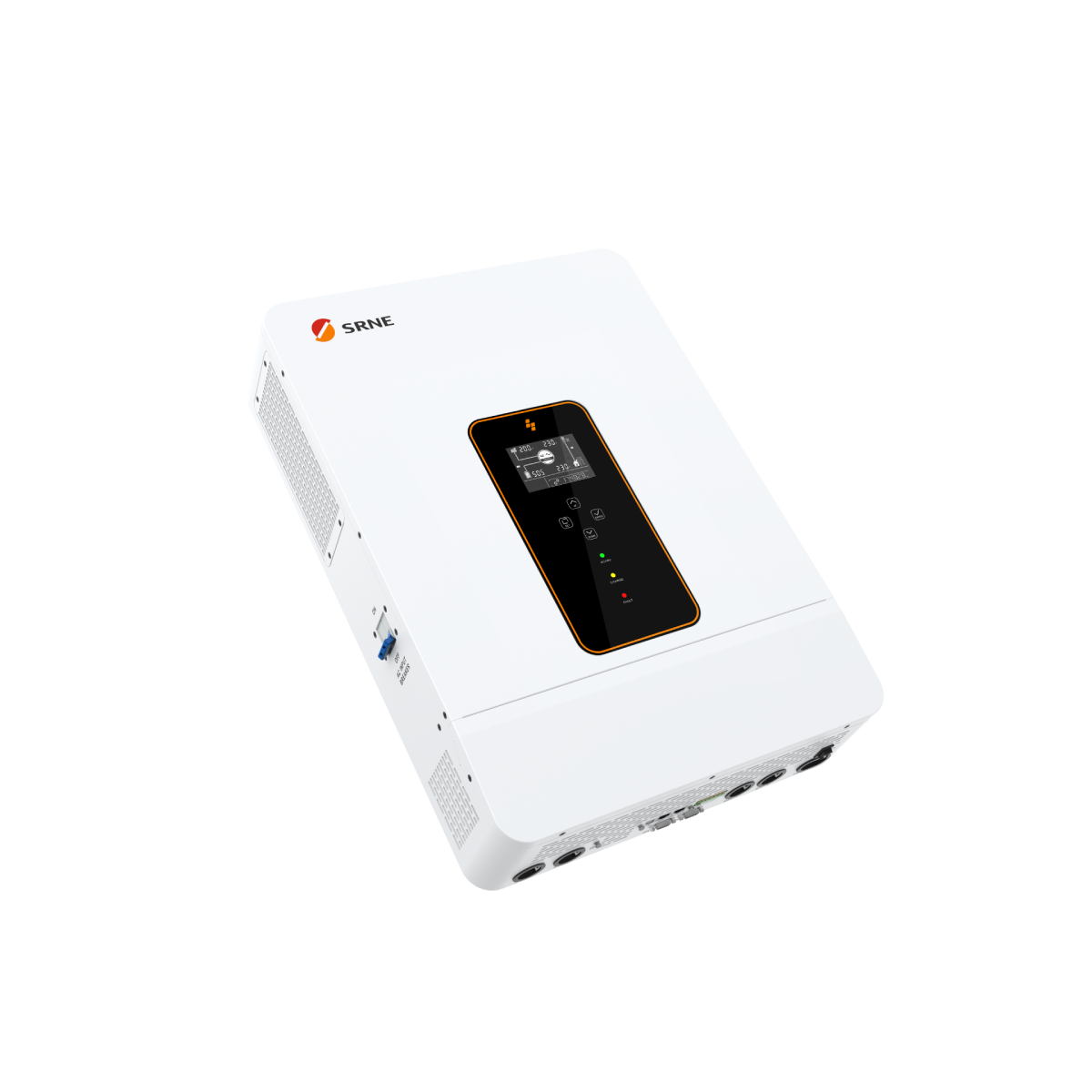Hybrid Inverter Security: Are You at Risk?
Introduction:
Is your hybrid inverter truly safe from cyber threats, remote tampering, or system-level disruptions?
Whether you're using a MPPT hybrid inverter in your home or managing an inverter for a solar system on a commercial scale,
understanding the potential vulnerabilities is crucial. In this article, we explore the hybrid inverter key security risks you should
be aware of—and how to protect your solar investment.
Learn more:
https://www.srnesolar.com/articledetail/the-ultimate-guide-to-solar-hybrid-inverters.html
1.Hybrid Inverter Remote Shutdown or Disruption of Power Supply
Hackers may exploit software vulnerabilities, weak authentication protocols, or exposed communication ports in
connected hybrid inverters to gain unauthorized access. Once inside the system, they can remotely shut down
solar energy production, disable the inverter entirely, or manipulate power flow settings.
This type of cyberattack can lead to:
Unexpected power outages in residential homes, disrupting daily activities and potentially affecting
essential appliances like medical equipment, refrigerators, or home security systems.
Energy losses during peak solar generation periods, reducing overall system efficiency and
increasing dependence on the grid or backup generators.
Operational downtime for commercial or industrial installations, which may result in financial losses,
business interruptions, or equipment failure due to unstable voltage conditions.
In Inverter for Solar Systems, unauthorized shutdowns may also impact the local grid’s stability, especially when multiple solar inverters
in a region are compromised simultaneously. In areas with weak or unstable grid infrastructure, such attacks could intensify blackouts
or cause voltage fluctuations, putting both utilities and end users at risk.
As hybrid inverters become more interconnected and cloud-managed, the attack surface expands,
making proactive cybersecurity strategies no longer optional—but essential.
2.Hybrid Inverter Battery Overcharge or Deep Discharge Manipulation
When hackers gain unauthorized access to a inverter for solar system, they can override or manipulate the battery management settings—
such as charge voltage thresholds, discharge depth limits, and current flow parameters. By doing so, they may intentionally
overcharge the batteries beyond safe voltage levels or force deep discharges that drain the battery below its recommended minimum capacity.
Such actions can have serious consequences, including:
Accelerated battery degradation – Repeated overcharging or excessive discharging can cause irreversible damage to
the battery's internal chemistry, reducing its lifespan and storage efficiency.
Overheating and thermal stress – Pushing batteries beyond their design limits can generate excessive heat,
which may lead to swelling, leakage, or cell failure—especially in lithium-based battery systems.
Permanent capacity loss – Batteries subjected to improper charging cycles may lose their ability to hold a charge,
resulting in system downtime and costly replacements.
Fire and explosion risks – Although rare, severe overcharge scenarios can trigger thermal runaway in lithium-ion batteries,
posing significant fire hazards to property and personal safety.
In off-grid or backup power systems, such battery manipulation can also lead to complete loss of power availability during emergencies,
defeating the primary purpose of energy storage. For businesses or facilities that rely on uninterrupted power—
such as hospitals, data centers, or security systems—this type of attack could be catastrophic.
As battery storage becomes a core part of modern energy systems, ensuring secure access control and real-time monitoring of
solar inverter settings is critical to preventing misuse and protecting both assets and lives.
3.Hybrid Inverter Data Breaches and Privacy Violations
Modern MPPT hybrid inverters are no longer just energy devices—they are smart, connected systems that
collect and transmit a wealth of real-time energy usage data. This includes information such as:
Household power consumption patterns
Battery charge and discharge cycles
Solar generation statistics
Grid import/export behavior
Timestamped logs of device activity
While these data points are valuable for performance optimization and remote monitoring, they can also become
a serious privacy liability if the system is compromised.
3.1 What Can Be Revealed in a Breach?
If hackers gain access to the inverter's backend or cloud platform, they can analyze this data to uncover:
Insight | What It Reveals |
Presence or Absence | Power spikes or drops indicate when residents are home or away. |
Daily Routines | Regular usage patterns reveal wake-up times, work hours, and sleeping habits. |
Appliance Usage | Load signatures show when high-power devices (e.g., ovens, heaters, AC units) are used. |
Battery Reliance Status | Charge/discharge cycles reveal if the system is in grid outage or off-grid mode.
|
This level of insight turns an energy system into a digital fingerprint of personal lifestyle—which, in the wrong hands,
could be used for:
Targeted burglaries during known absences
Surveillance or tracking of individuals without consent
Behavioral profiling for commercial exploitation or manipulation
Cross-platform attacks by correlating inverter data with other smart home devices
3.2 Why Privacy Protection Matters?
In regions with strong data protection laws (like GDPR in Europe or CCPA in California), such breaches could also
expose solar service providers to regulatory penalties and reputational damage. Even for residential users,
the idea of an energy device "watching you" without your knowledge raises deep trust and security concerns.
As MPPT hybrid inverters become more interconnected and integrated into smart home ecosystems,
protecting the confidentiality and integrity of user data is just as important as ensuring power delivery.
4.Hybrid Inverter Interference with Microgrids and Energy Storage Systems
In commercial, industrial, or utility-scale applications, MPPT hybrid inverters are often integrated into microgrids
and energy storage networks to support critical operations, peak shaving, load shifting, and grid stabilization.
These systems rely heavily on precise coordination between multiple components—
including solar arrays, batteries, inverters, and control software.
If even a single hybrid inverter is compromised, the resulting disruptions can cascade across the entire energy ecosystem.
4.1 What Can Go Wrong?
Load Balancing Disruption
Attackers may interfere with the solar inverter’s output control, causing uneven power distribution across different loads.
This can lead to overloading in some zones and underpowering in others, reducing operational efficiency or damaging sensitive equipment.
Frequency Instability
Microgrids depend on stable electrical frequency (e.g., 50Hz or 60Hz) to synchronize multiple energy sources.
A compromised inverter can inject erratic frequency signals, leading to instability, shutdowns, or system-wide errors.
Storage Synchronization Failure
Hybrid inverters coordinate battery charge and discharge cycles across multiple units. Tampering with timing or current levels can result in
conflicting battery behavior, overcharging some batteries while underutilizing others—ultimately reducing system performance and increasing wear.
False Reporting and Monitoring Deception
Attackers may feed false data into the energy management system (EMS), making it appear that everything is
functioning normally while silently causing inefficiencies or setting the stage for a larger failure.
4.2 Real-World Impact
Commercial buildings may experience voltage fluctuations, unexpected outages, or increased reliance on grid power—driving up costs.
Smart communities or campuses could see breakdowns in distributed generation coordination, affecting hundreds of users.
Critical facilities like hospitals or data centers face heightened operational risk due to energy unreliability.
As microgrids become more mainstream in the energy transition, ensuring cyber-resilience in each hybrid inverter becomes a mission-critical priority.
Learn more:
https://www.srnesolar.com/articledetail/top-10-solar-hybrid-inverter-manufactures.html
Conclusion:
With the right protective measures—secure firmware updates, encrypted communication, and proper configuration—
you can minimize your exposure. As the solar landscape evolves, ensuring that your inverter for solar system is
not only efficient but also secure is no longer optional. It’s a vital part of building a resilient, future-ready energy system.




















